
Former Canberran PETER BROWN, now a professor at the University of French Polynesia, has been following the Heiva i Tahiti cultural festival in Papeete and sees a link with the recent Gauguin launch at the National Gallery of Australia, which has been reaching out to engage with our Pacific neighbours.
The Heiva season lends an air of contemporary timelessness to Tahitian dance. It was launched with a spectacular fire walk, evoking an ancestral tradition in which a high priest would seek divine protection for food through a test of walking on the hot stones of an earth oven without burning his feet.
The opening night of dance and music performances also featured the Rāhiri, a solemn ceremony in which participants came together bearing a large banana leaf as a sign of commitment to peace and Fa’atura—respect.
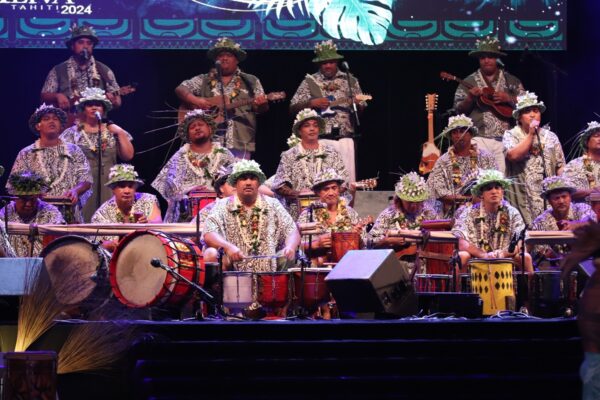
Performances were spread over three weeks in July, each dance troupe being accompanied by its own 20-piece percussion orchestra. Musicians also competed for prizes, as do authors and orators of the texts. Choral groups presented songs and chants, polyphonic tārava and hīmene.
The oral tradition of Polynesian culture came through the music, not simply in the sound of the various drums and voices but also in that these well-trained musicians perform unaided by sheet music.
Mastery of instrument is passed down from generation to generation from a very young age. The beat is the thing, a remarkable example of which is the frenzied three-minute performance for best male and female solo dancer that needs to be timed to perfection.
Aïe Manuel, a 21-year-old student from Rurutu, 600 kilometres south-west of Tahiti, was crowned best female dancer.
All dance and choral groups presented a theme of their choosing from mythology, local history and customs or current social issues, belying the clichéd view of exotic Tahitian dances performed by wriggling bodies.
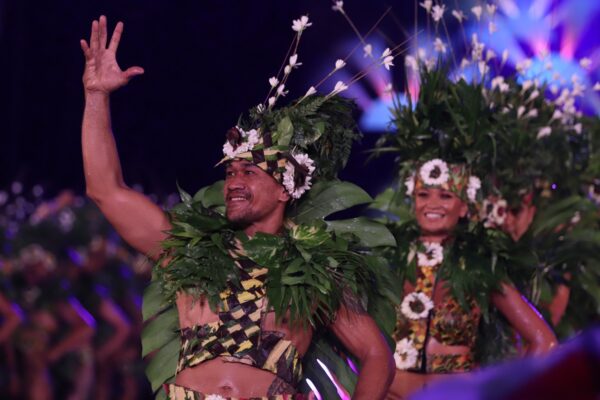
The troupe Hitireva, which was awarded the grand prize for dance, used the metaphor of the spinal column connecting parts of the body, human and social alike, to enact the theme of intergenerational respect for difference, via the relationship between a grandfather and granddaughter, smartphone in hand.
The second-placed Tahina No Uturoa, a group from Ra’iatea in the Society Islands, addressed the delicate question of religion and the relations between ancient society and the one that evolved after Christianisation.
This contemporary perspective is all the more interesting in that the island of Ra’iatea is home to the sacred marae of Taputapuatea, which has been UNESCO World Heritage listed since 2017.
The third-placed ‘Ia ora te hura presented the theme of the struggle between darkness and light, featuring the birth of the female figure of the Moon.
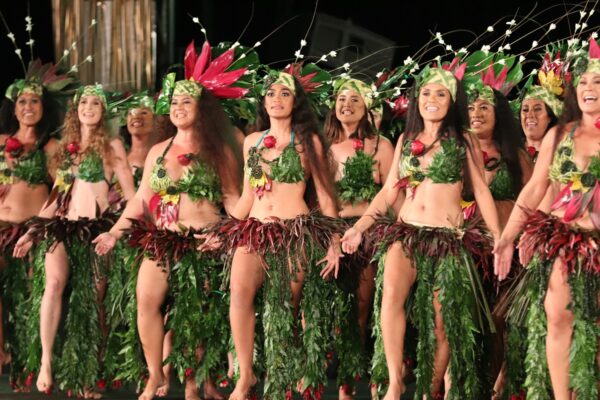
The elaborate costumes of dancers, particularly the fresh vegetal components, were sorely tested on several nights of this year’s Heiva, when the heavens opened up, threatening the performances. In the end, after cleaners furiously swept the water off the slippery surface of the outdoor stage, faithful patrons left fulfilled after proceedings ended close to midnight.
The vagaries of the natural elements seemed to be part of the charm of the event, as event it was. Indeed this authenticity might be one element in favour of the application by France to have Ori Tahiti inscribed on UNESCO’s World Heritage list.
In the wake of the Heiva, on the ‘Ārahurahu. marae, the most prestigious site of pre-contact Tahiti, each year a dance group is invited to make a special performance.
Canberra readers will be interested to know that this honour was bestowed on the group O Tahiti E, some of whose members, under the direction of Marguerite Lai, danced at the recent launch of the Gauguin exhibition at the National Gallery of Australia.
Who can be trusted?
In a world of spin and confusion, there’s never been a more important time to support independent journalism in Canberra.
If you trust our work online and want to enforce the power of independent voices, I invite you to make a small contribution.
Every dollar of support is invested back into our journalism to help keep citynews.com.au strong and free.
Thank you,
Ian Meikle, editor
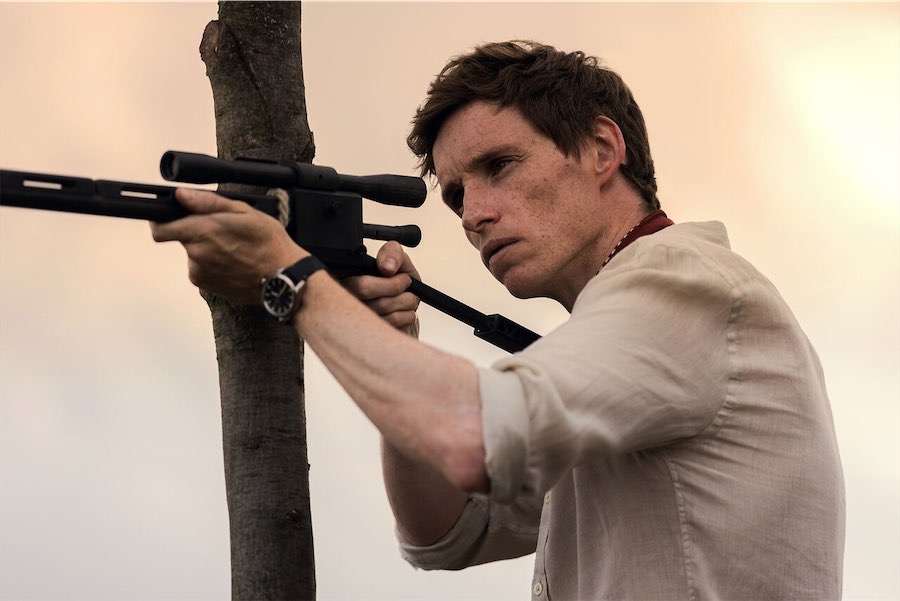
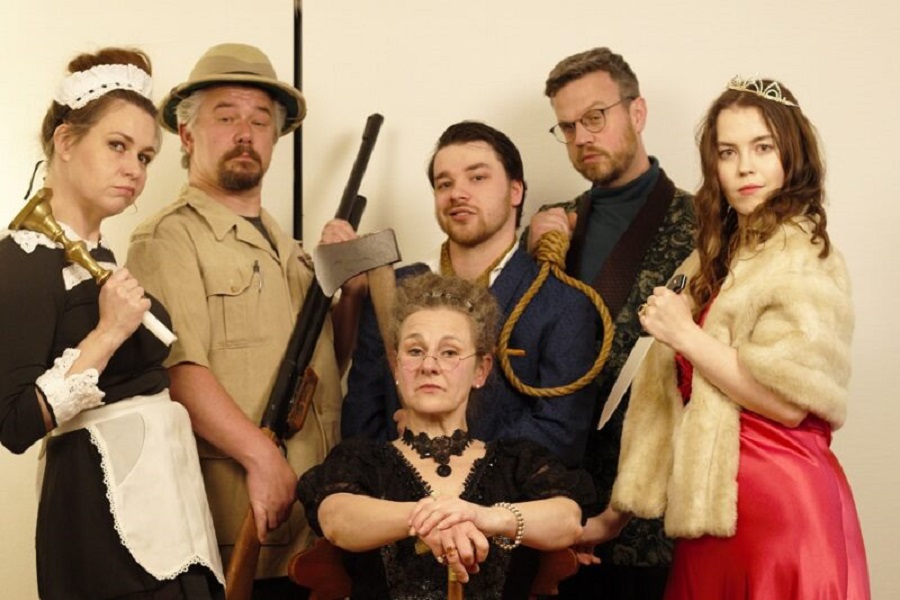
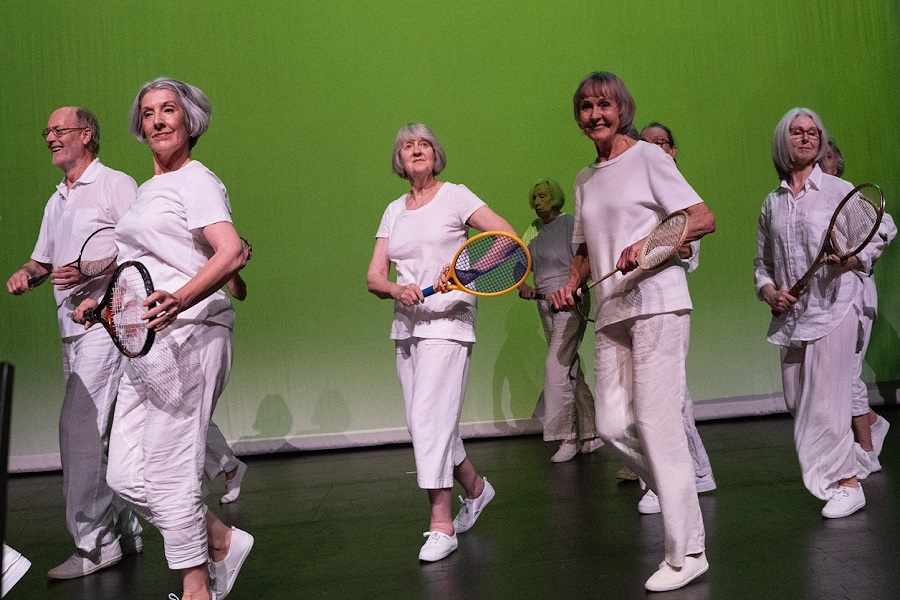

Leave a Reply